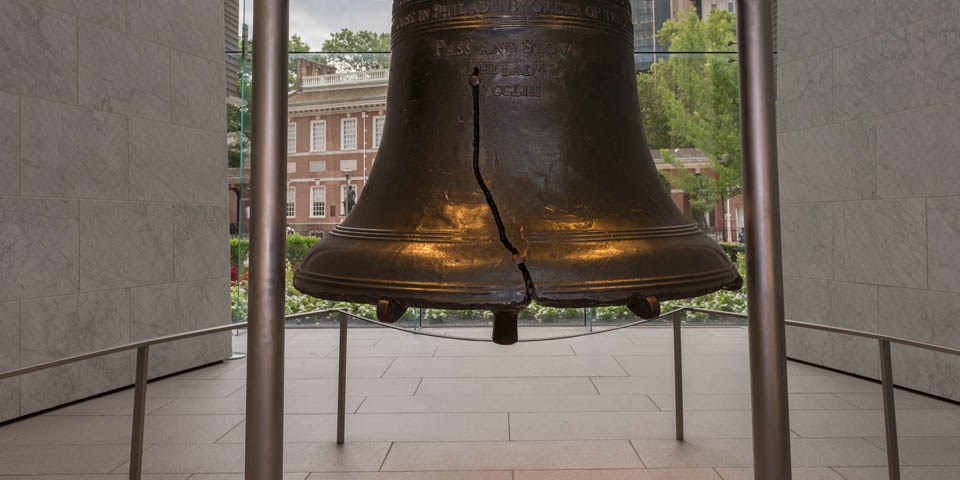The Liberty Bell bears a timeless message: "Proclaim Liberty Throughout All the Land Unto All the Inhabitants thereof"
Go
beyond the iconic crack to learn how this State House bell was
transformed into an extraordinary symbol. Abolitionists, women's
suffrage advocates and Civil Rights leaders took inspiration from the
inscription on this bell. Plan your visit to the Liberty Bell Center to allow time to view the exhibits, see the film, and gaze upon the famous cracked bell. No tickets are required and hours vary seasonally.
